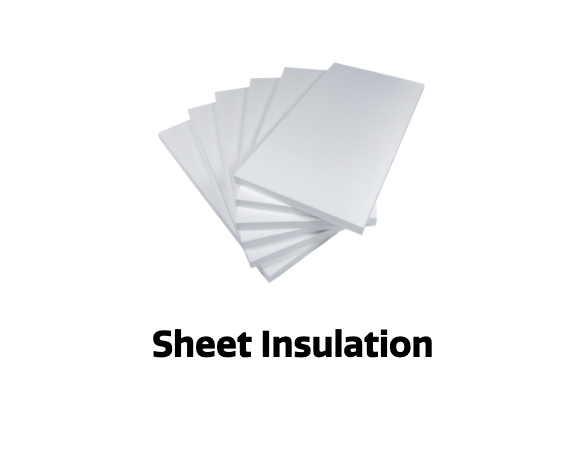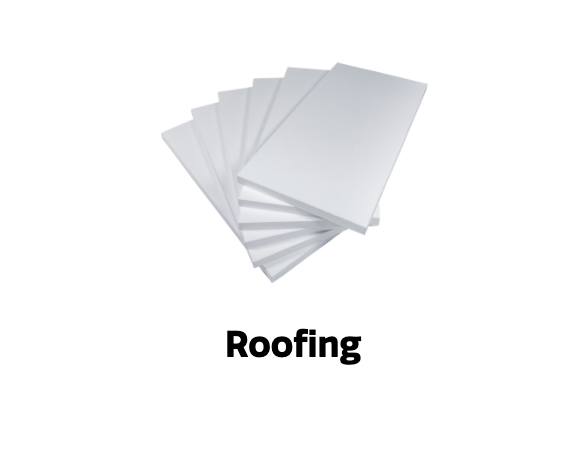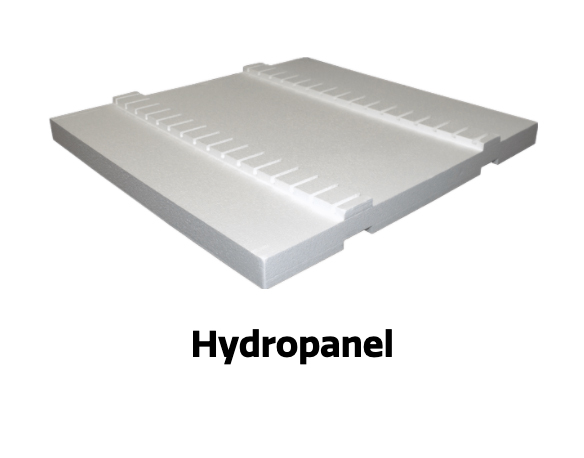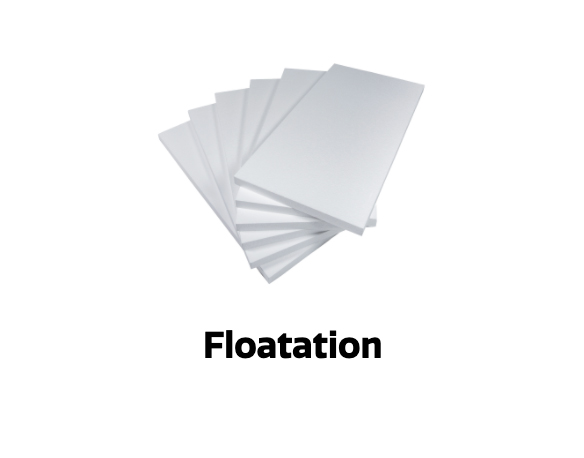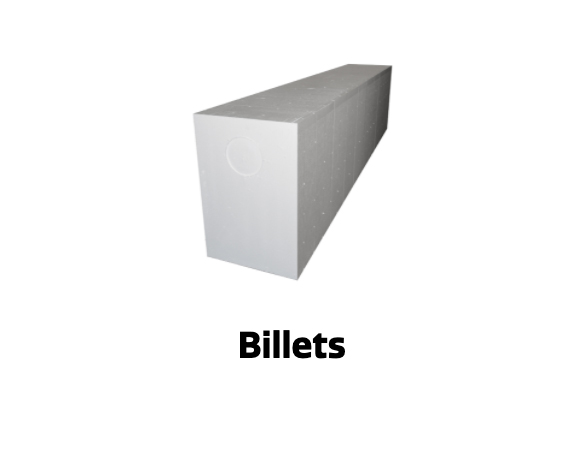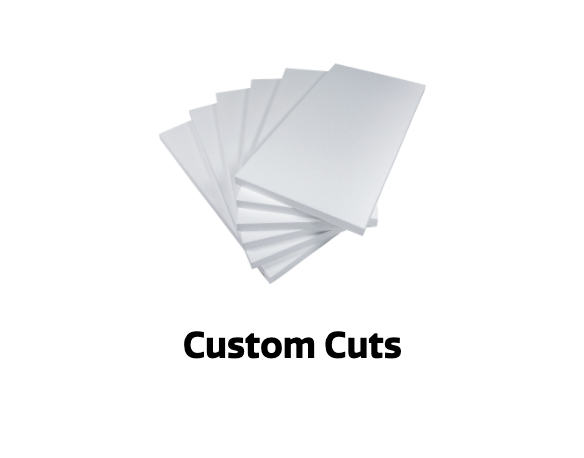Perimeter, Below Grade, & Floor
Stable R-Value
Provides a stable R-value that does not deteriorate over time.
Compressive Strength
Available in 10, 16, 20, 25 and 30 psi.
Vapor Permeable
Allows moisture vapor to effectively move through its structure.
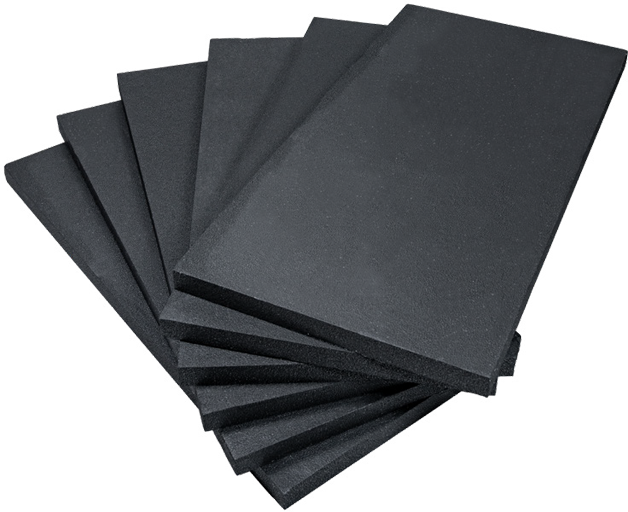
Moisture Resistance
Closed cell polystyrene insulation proven to resist moisture gain.
Drying Potential
Designed to quickly release moisture and maintain its R-value.
Low Environmental Impact
Does not use or contain ozone-depleting blowing agents such as HFCs.
MAX+ vs. XPS Comparison
| MAX+ | XPS |
|---|---|
|
Cell Structure Manufactured from graphite expanded polystyrene resin using a pentane blowing agent. This creates an air-filled, closed cell foam. |
Cell Structure Manufactured using polystyrene, blowing agents, and dyes. This creates a closed cell foam that often contains hydrofluorocarbons (HFCs). |
|
R-Value Stability Provides a stable R-value that does not deteriorate over time. |
R-Value Stability Less stable and the R-value deteriorates as gasses escape its cells. |
|
Long Term R Value: LTTR does not apply to MAX+, because it is not manufactured with the intent to retain blowing agent and due to its closed cell nature, there is no reduction in R value over time. |
Long Term R Value: XPS uses a blowing agent when manufactured, thus it leaks over time reducing the R-value by 10% in 5 years, resulting in a R-value of 4.5, which is just below the R-value of MAX+. |
|
Compressive Strength Available in 10, 16, 20, 25, and 30 psi. |
Compressive Strength Available in 15, 25, 30, 40, 60, and 100 psi. |
|
Cost Impressive cost per R-value and compressive strength. MAX+ is a dependable, cost-efficient solution that on average costs 10 - 30 percent less than XPS. |
Cost A much higher cost per R-value and on average costs 10 - 30 percent more than MAX+. Additionally, its R-value is less stable and deteriorates over time. |
|
Water Absorption MAX+ absorbs more water initially but retains less water long term. Designed to quickly release moisture. This enables it to dry quickly and maintain its R-value over time. 15 years study shows 5% water absorption, 94% R-value retention. |
Water Absorption XPS absorbs less water initially, but retains more water long term. Often traps moisture due to its low drying potential. Its inability to release moisture causes its R-value to deteriorate over time. 15 Year study shows 19% water absorption, 52% R-value retention. |
|
Water Resistance Closed cell polystyrene insulation that is resistant to moisture gain, proven to resist moisture in both short (24 hour) and long-term tests |
Water Resistance Closed cell polystyrene insulation that is resistant to moisture gain. However, its ability to resist moisture has only been proven in short-term (24 hour) tests. |
|
Vapor Permenance Ranges from 2.5 – 5.0 ng/Pa·s·m2 per inch thick. It is more breathable and dry’s better in wet climates. |
Vapor Permenance Typically 1.5 ng/Pa·s·m2 per inch thick. Is not breathable and has high potential of trapping moisture in your wall due to its low drying capability. |
|
Environmental Impact Low impact on the environment. Its manufacturing process uses a pentane blowing agent instead of the hydrofluorocarbons (HFCs) blowing agents typically used to produce XPS. MAX+ is Green Gaurd certified and has the lowest carbon footprint of all rigid insulation, up to 57 times lower. |
Environmental Impact High impact on the environment. Its use of hydrofluorocarbons (HFCs) as a blowing agent cause a very high global warming potential (GWP). It also uses harmful color dyes not found in MAX+. Results in a carbon footprint of up to 33-57 times higher then MAX+. |
|
Dimensional Availability Options to suit every application - standard sizes or custom cuts to suit your needs. |
Dimensional Availability Limited thickness and size options. |
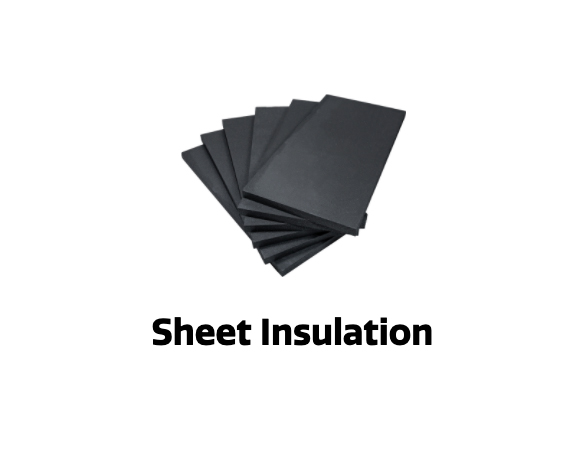
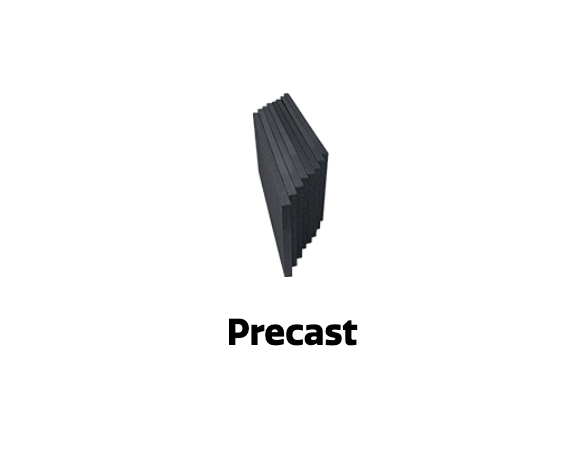
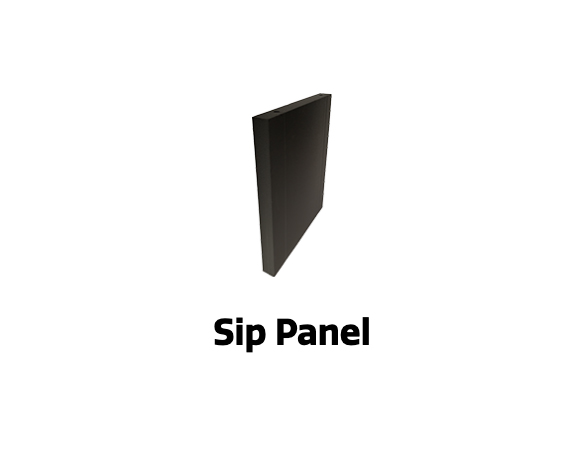
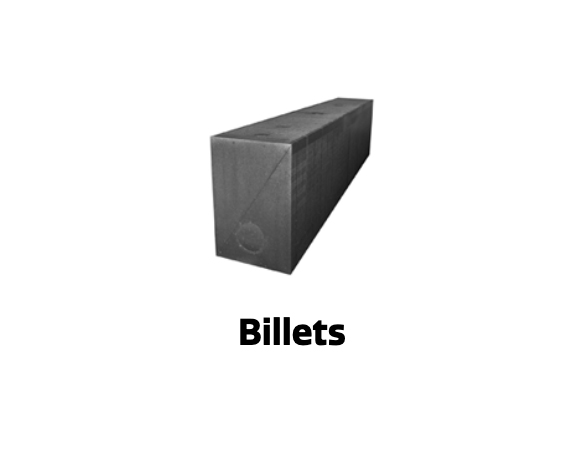
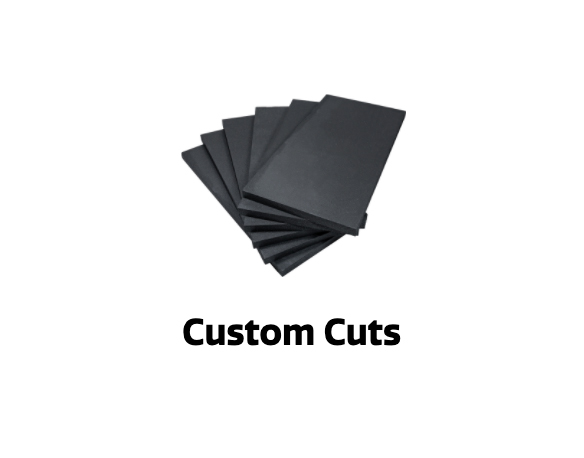
Roof Insulation
Stable R-Value
Provides a stable R-value that does not deteriorate over time.
Compressive Strength
Available in 10, 16, 20, 25, 30, 40 and 60 psi.
Vapor Permeable
Allows moisture vapor to effectively move through its structure.
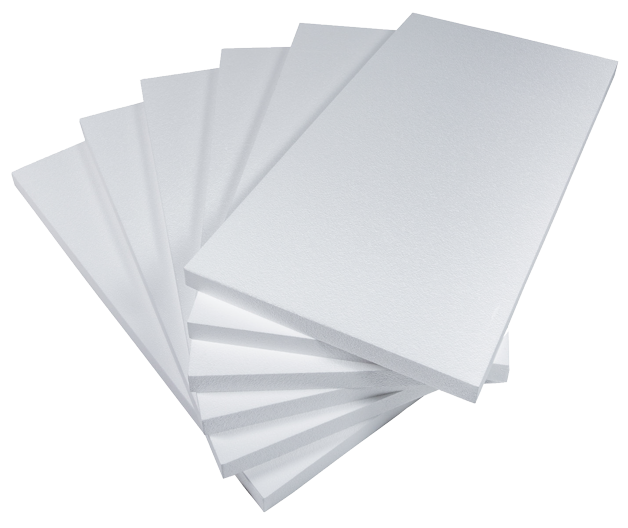
Moisture Resistance
Closed cell polystyrene insulation proven to resist moisture gain.
Drying Potential
Designed to quickly release moisture and maintain its R-value.
Low Environmental Impact
Does not use or contain ozone-depleting blowing agents such as HFCs.
EPS+ vs. XPS Comparison
| EPS+ | XPS |
|---|---|
|
Cell Structure Manufactured from expanded polystyrene resin using a pentane blowing agent. This creates an air-filled, closed cell foam. |
Cell Structure Manufactured using polystyrene, blowing agents, and dyes. This creates a closed cell foam that often contains hydrofluorocarbons (HFCs). |
|
R-Value Stability Provides a stable R-value that does not deteriorate over time. |
R-Value Stability Less stable and the R-value deteriorates as gasses escape its cells. |
|
Long Term R Value: LTTR does not apply to EPS+, because it is not manufactured with the intent to retain blowing agent and due to its closed cell nature, there is no reduction in R value over time. |
Long Term R Value: XPS uses a blowing agent when manufactured, thus it leaks over time reducing the R-value by 10% in 5 years, resulting in a R-value of 4.5, which is just below the R-value of EPS+. |
|
Compressive Strength Available in 10, 16, 20, 25, 30,40, and 60 psi. |
Compressive Strength Available in 15, 25, 30, 40, 60, and 100 psi. |
|
Cost Impressive cost per R-value and compressive strength. As a result, EPS+ is a dependable, cost-efficient insulation solution. |
Cost A much higher cost per R-value than EPS+. Additionally, its R-value is less stable and deteriorates over time. |
|
Water Absorption EPS+ absorbs more water initially but retains less water long term. Designed to quickly release moisture. This enables it to dry quickly and maintain its R-value over time. 15 years study shows 5% water absorption, 94% R-value retention. |
Water Absorption XPS absorbs less water initially, but retains more water long term. Often traps moisture due to its low drying potential. Its inability to release moisture causes its R-value to deteriorate over time. 15 Year study shows 19% water absorption, 52% R-value retention. |
|
Water Resistance Closed cell polystyrene insulation that is resistant to moisture gain, proven to resist moisture in both short (24 hour) and long-term tests. |
Water Resistance Closed cell polystyrene insulation that is resistant to moisture gain. However, its ability to resist moisture has only been proven in short-term (24 hour) tests. |
|
Vapor Permenance Ranges from 2.5 – 5.0 ng/Pa·s·m2 per inch thick. It is more breathable and dry’s better in wet climates. |
Vapor Permenance Typically 1.5 ng/Pa·s·m2 per inch thick. Is not breathable and has high potential of trapping moisture in your wall due to its low drying capability. |
|
Environmental Impact Low impact on the environment. Its manufacturing process uses a pentane blowing agent instead of the hydrofluorocarbons (HFCs) blowing agents typically used to produce XPS. EPS+ has the lowest carbon footprint of all rigid insulation, up to 57 times lower. |
Environmental Impact High impact on the environment. Its use of hydrofluorocarbons (HFCs) as a blowing agent cause a very high global warming potential (GWP). It also uses harmful color dyes not found in EPS+. Results in a carbon footprint of up to 33-57 times higher then EPS+. |
|
Dimensional Availability Options to suit every application - standard sizes or custom cuts to suit your needs. |
Dimensional Availability Limited thickness and size options. |
